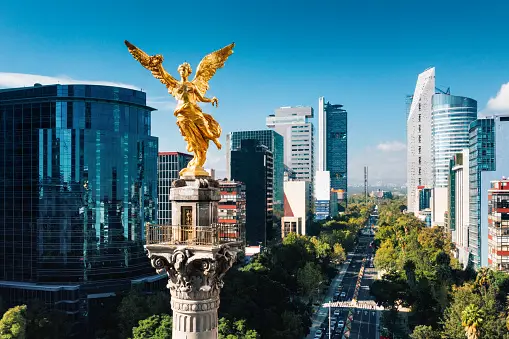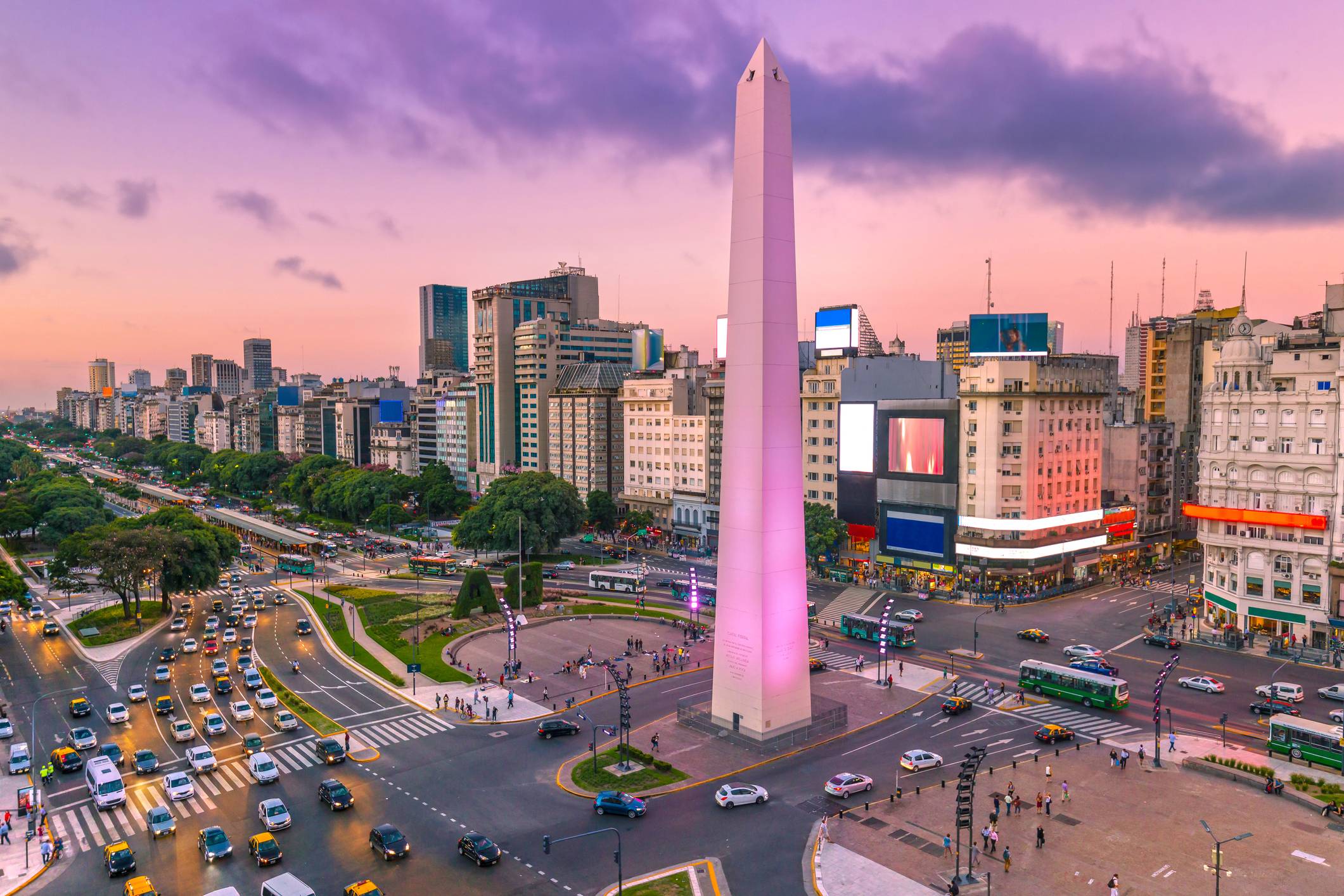
emmersion
Conference Insight: Nearshoring starts to flow to Latin America beyond Mexico despite challenges
Updated: Dec 5, 2023
Nearshoring is starting to bene!t Latin American countries other than Mexico, despite continuing challenges in infrastructure, labor issues and tax liabilities throughout the region, panelists said at the Mergermarket M&A Forum Miami 2023 on 5 December.
There is increasing demand for nearshore assets in Mexico and beyond that the data have not yet caught up with, said Stephen Marks, managing director at Emmersion Capital, a Miami-based private equity !rm focused on middle-market companies in the US and Latin America.
“Valuations are starting to grow in northern Mexico, whether it’s nearshore manufacturing coming from the US, Asia, or inter-Latin America. In some cases, industrial corridors have grown 90%,” Marks said during the panel Cross-border M&A Considerations – US and Latin America. “We’re seeing demand for nearshoring assets and nearshoring production from US private equity and family offices who are now interested in pivoting their supply chain from Asia into the Latin American market,” Marks added.
The US has focused more on the Caribbean basin, while China and European countries are investing in South America, said Alessio Mazzanti, managing director at Latam IB, a Miami-based investment bank and corporate advisor focused on middle market transactions in Latin America and the Caribbean.
“We’ve seen a lot more inflow from consumer-packaged goods (CPG) companies asking about other destinations beyond Mexico to potentially move part of their supply chain,” Marks said. “Usually, that conversation ends up with a discussion about what opportunities exist in the Colombian market or, to a smaller extent, Central America.”
A lot of logistics and mobility companies, and particularly technology companies related to shipping, receiving and trucking, are developing in Mexico, Colombia and Brazil, said Randy Bullard, managing partner at the Miami office and co-chair of the Latin American practice of San Francisco-based law !rm Morrison Foerster. “This is a product of the digitalization wave in Latin America, but also a parallel industry to the nearshoring wave,” Bullard said, citing service providers, payment providers and !ntechs involved in the e”ciency of payment transactions as examples of hot markets.
The panelists agreed that investing in Latin America still presents many of the region’s historical challenges like bureaucracy, unionized labor, tax and labor contingencies and litigation, and insu”cient infrastructure.
“US investors can’t get their heads around labor and tax contingencies,” Bullard said. “If you buy a Brazilian company, you should be prepared to have 3,000 labor claims. They might all be worth USD 200, but there are 3,000 labor claims,” Bullard said. “If a US company is subject to 17 state tax or federal tax litigations, you would freeze and run out the door.” He said legal issues are the most vexing issues facing US investors.
Risk and uncertainty
Political risk and macroeconomic uncertainties like volatile exchange rates are also an issue, the panelists said. “If you ask a lot of private equity investors or venture capitalists if they can make a 5.5% [return] in dollars [annually] in the US in liquid investments, they’ll keep their money here versus making a large bet into an emerging market,” Bullard said.
The political risks are often misunderstood by the average US investor, Marks added. “The reality is that there has been a shift into leftist regimes in the Latin American market,” Marks said. “But if you were to compare that to what’s been changing with the US-China dynamic, I would suggest that there are still friendly environments to conduct business in these markets.”
Security risks have increased in several countries in the region, said Mazzanti. “Security is critical to the region. Even countries like Chile and Ecuador, which did not have a security issue, are facing some situations right now,” he said. “Even trying to gather information from some companies is di”cult because people are very afraid to disclose any !nancial information or any transaction. In Mexico, Colombia and Brazil, the situation has deteriorated.”
LatAm investment in US
Latin American investment in the US is also a trend, the panelists said. They cited several successful cases of Latin American investors entering the US, mentioning Cemex and Bimbo from Mexico, JBS from Brazil, Cencosud from Chile and Cementos Argo from Colombia. Political uncertainty in countries including Peru, Colombia, Argentina and Brazil are contributing factors for northward investment, said Mazzanti.
There are pitfalls to avoid, however. Many non-US investors often underestimate the costs, level of competition and pockets, you better be fast in terms of how you’re executing these transactions, or you’re going to get outbid by many other struggle to have all those factors in place.”
LatAm investment in US
Latin American investment in the US is also a trend, the panelists said. They cited several successful cases of Latin American investors entering the US, mentioning Cemex and Bimbo from Mexico, JBS from Brazil, Cencosud from Chile and Cementos Argo from Colombia. Political uncertainty in countries including Peru, Colombia, Argentina and Brazil are contributing factors for northward investment, said Mazzanti.
There are pitfalls to avoid, however. Many non-US investors often underestimate the costs, level of competition and pockets, you better be fast in terms of how you’re executing these transactions, or you’re going to get outbid by many other struggle to have all those factors in place.”
Business culture differences are among the issues to consider, Mazzanti said. “You can be very successful in your countries in Brazil, Mexico, Colombia or Chile, but coming here is a different kind of business practice,” he said, adding that investors in the US should use the knowledge and the experience of a local management team.
Commenting on Florida as a gateway for Latin American companies’ entry into the US, Marks said it’s a starting point, not a !nal destination. “You cannot develop an operation that solely focuses on the South Florida market,” he said. Marks had a client who in every conversation said: “We’re going to invest in Southport [in Bay County]. This is our dream because our cousin, who is in Sunny Isles [Beach], has a great investment opportunity in real estate that we need to follow.”
The panel was mediated by Thiago Barrozo, Sao Paulo-based Latin America editor at Mergermarket.
by Priscilla Murphy

